Starting with top quality lumber and carefully choosing colors is only the beginning when making mouldings and millwork. Even the most choice piece of Mahogany can be ruined if your moulders and planers aren’t making quality cuts. Details like blades, feed rate, and board support all work together to make a beautiful cut or a terrible one. Millwork installations place the wood in highly visible areas and things like tool marks can ruin the entire look by creating unsightly ripples and lines that distract from the wood grain. So no matter how much time was spent on selecting the right material, good quality control and machine tuning is key to producing millwork.
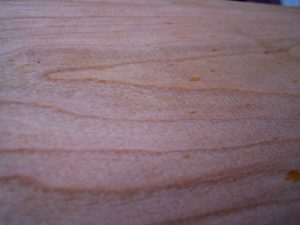
The Architectural Woodwork Institute (AWI) maintains a set of standards to meet certification. One of the most important elements is the number of knife marks allowed per inch. Currently 21-22 is the standard. Knife marks are those little parallel lines you see in your crown moulding or casements. Usually you can tell a lot about the quality of the millwork just by looking for the knife marks. This is something we obsess over at J. Gibson McIlvain and fortunately our Millwork Supervisor is just as obsessive as we are about it. Most thickness planers right “out of the box” will leave a decent cut, but the feed rate at which it pulls the board through the cutters will result in about 13-15 knife marks per inch. Still the board looks very nice and feels smooth to the touch. The minute a finish is applied these knife marks will stick out like a sore thumb. It gets even worse when the pieces are installed and the raking light of sunshine through windows makes the marks stand out even more.
So in an effort to increase the quality of our millwork, we hit essentially hit the reset button on our machine and set them up according to manufacturer standards. We then ran some test boards and got a clean cut that yielded 18 knife marks per inch. Not bad but not good enough for us to be able to say it meets AWI standards.
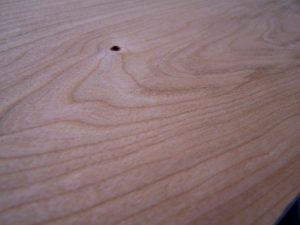
From there it is a series of very subtle adjustments, tweaks, chewing gum, and reassuring conversations with the planer to yield a board that is smooth as silk and impossible to count the knife marks because you can see them in the first place. It can be as subtle as adjusting the bevel angle on the knife or changing the height of the tracer which provides support from underneath the cut to make these changes. Sometimes adjustments have to be made when changing species as woods of differing properties will react differently to the cutting angle. It is a constant process but one that is worth it as the properly milled board glows without knife marks to interrupt the way the light reflects off the surface.
We take quality control very seriously in our mill because our customers take even more care in installing and crafting their builds. It is a process that will never be complete but is essential as we want to showcase our lumber in the best light possible.

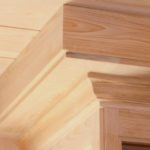
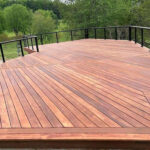
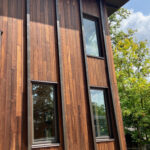
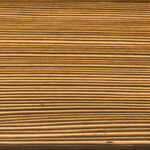

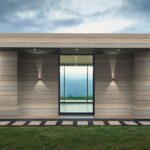


Leave a Reply